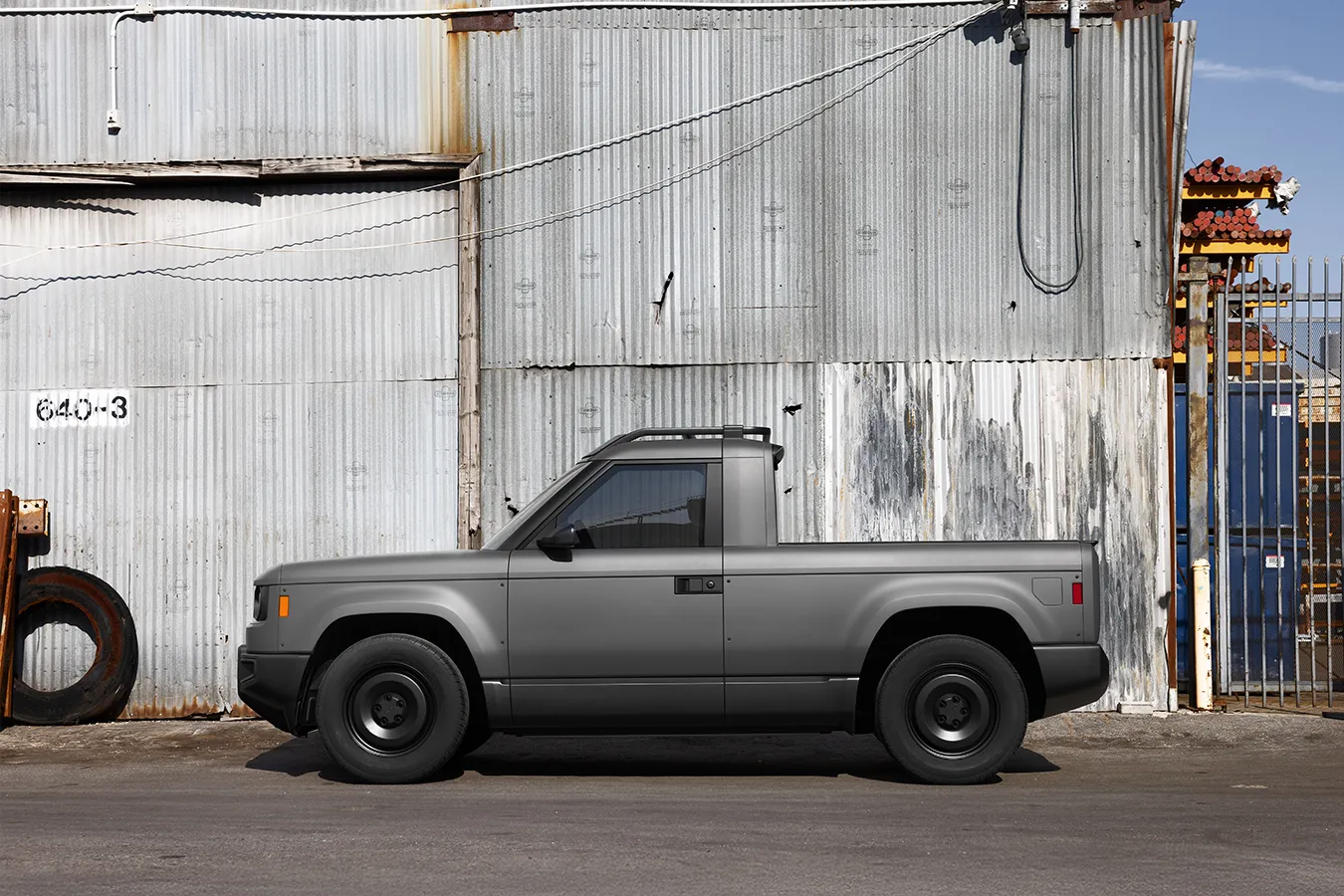
Continuing on the theme of microvans appearing in the US in the form of pickups, this cheap, modular, and relatively tiny $20k pickup from Slate Trucks is inspired. Not shipping with a radio or navigation system is brave, but their reasoning is solid. I’m already using my phone for navigation and music - I just need a speaker.
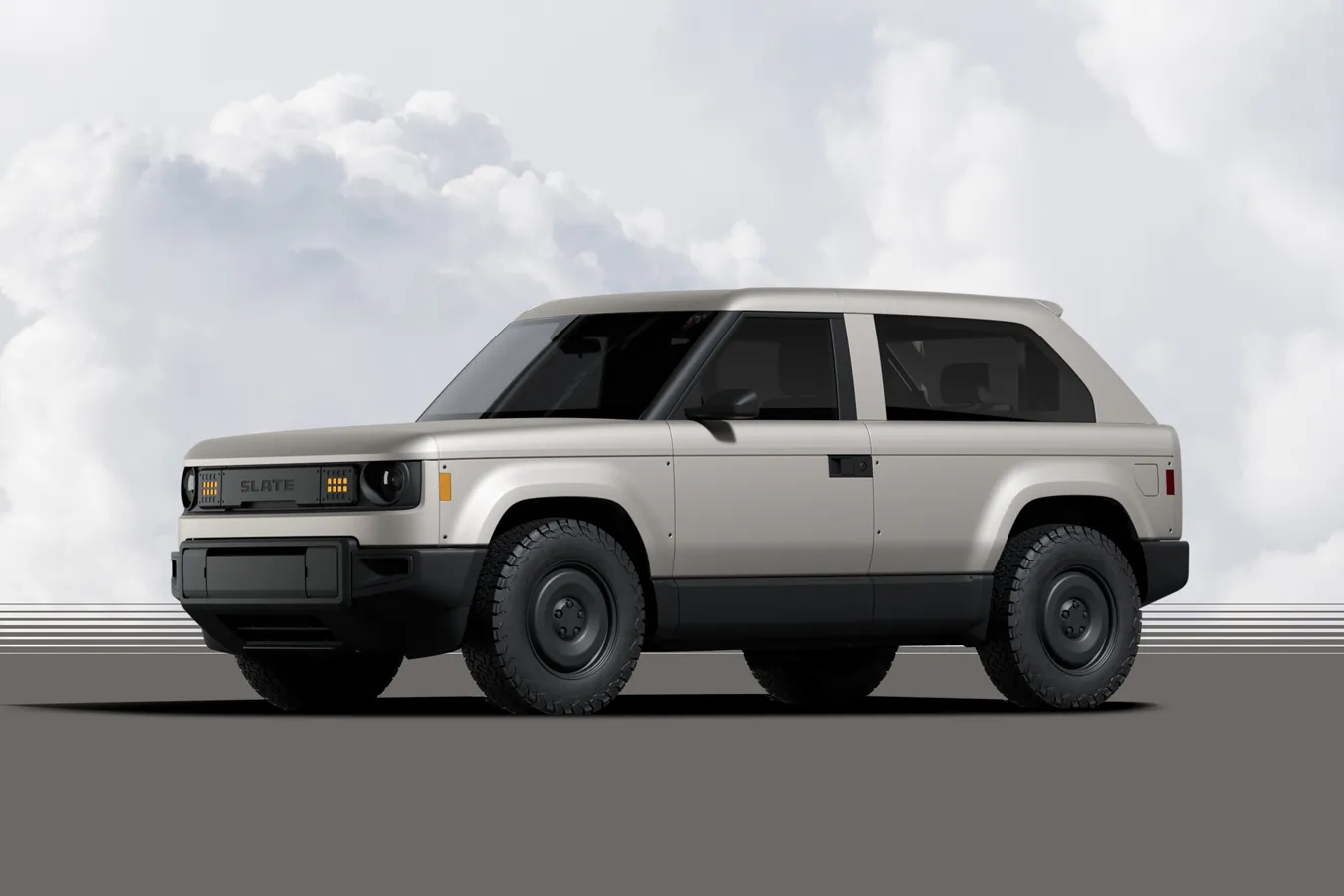
The lack of (default) touch interfaces is also refreshing. Finally somebody making cars that understands that the current wave of “make everything a touchscreen” is not just bad design, it’s dangerous and negligent.
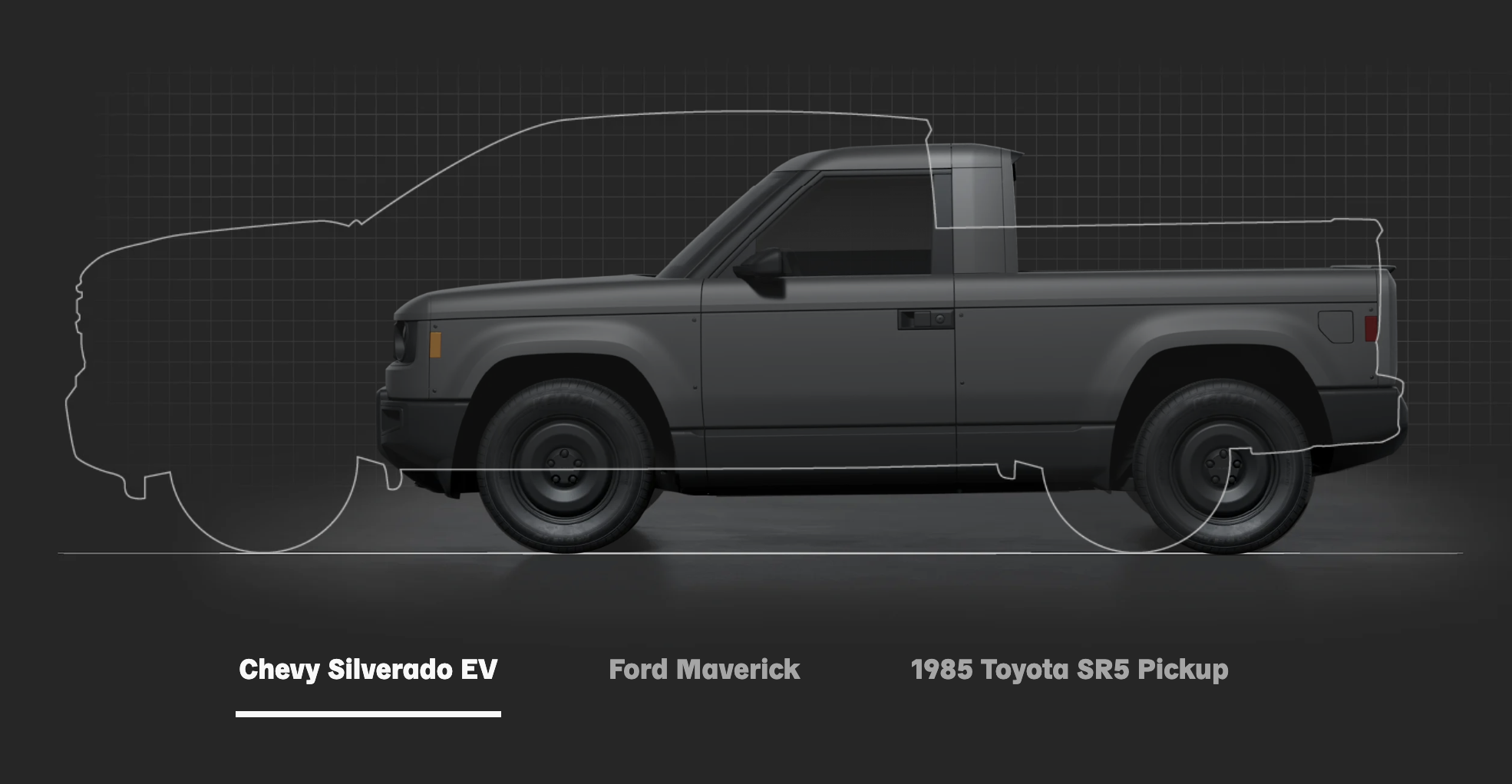
In general, Slate looks like they’re attacking the problem of car manufacturing with a level of taste, creativity, and good sense that we haven’t seen in the US in a long time. And an EV company going straight to the budget model instead of targeting the ultra high-end luxury market is also refreshing. Here’s hoping they succeed.
c/o The Verge
OpenAI released an update to their image creation tool yesterday, called 4o Image Generation. The results are impressive, and I have to admit I really enjoy this image they included in their “limitations” section. It’s a delightfully weird collection of things. I almost want a framed poster.
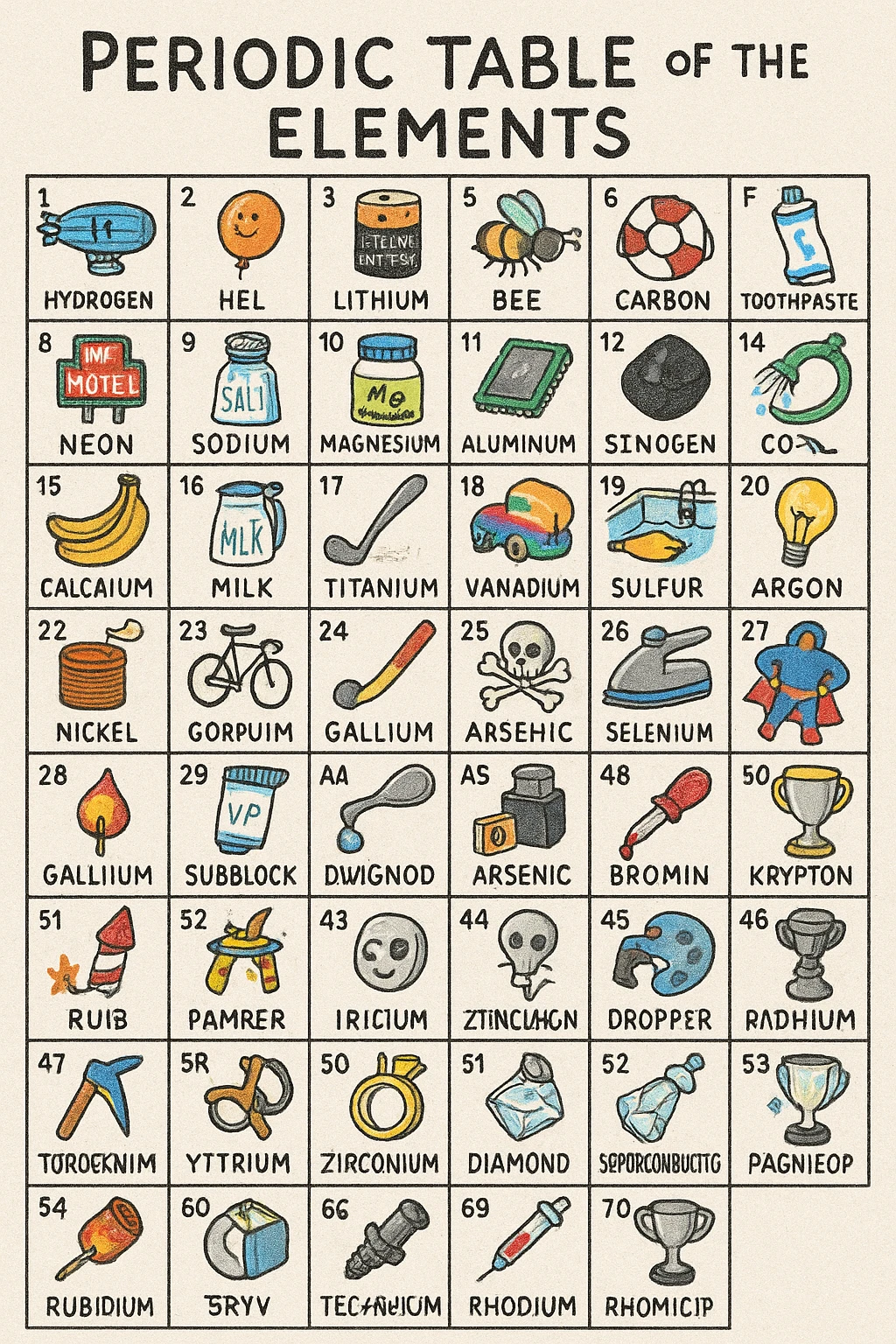
It’s pretty good at making interesting layouts and copying a particular artist. Here are a few examples where I asked it to be late-career Matisse paper cutouts of Harbor Freight catalogs and supermarket circulars:
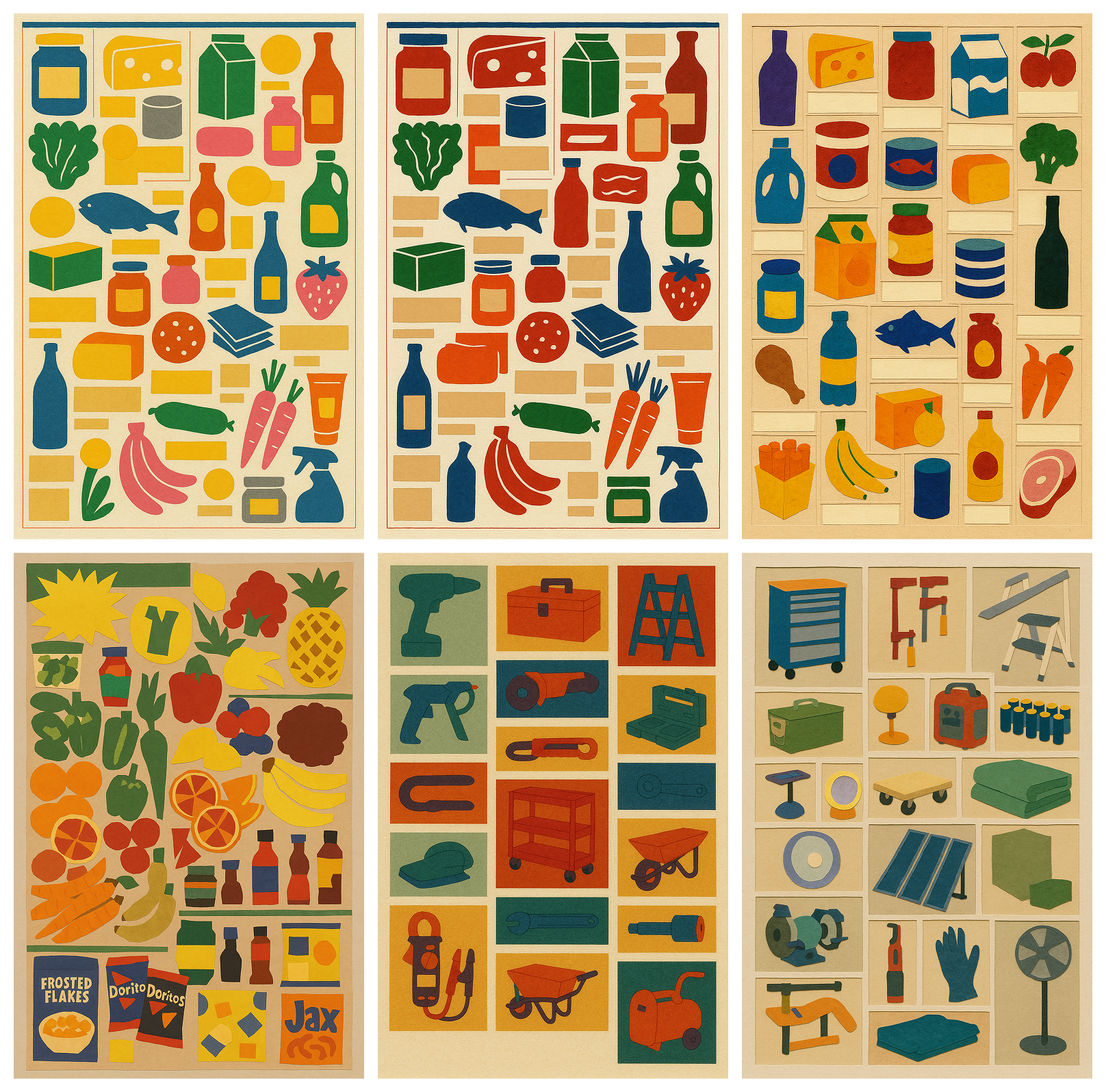
It does do a much more coherent job of producing accurate text, and arranging things and understanding space and layout than other current image generation tools. It feels like a big leap forward in terms of model comprehension, even if the visual results are not as polished or realistic as Midjourney. Though I still consider the earliest models like VQGAN+CLIP and early Midjourney versions to have more character, which has since been optimized away. Now Midjourney looks too glossy, too perfect.
Bruteforcing the city (2/3) by Dan Hill
[School pickups] bring a visceral quality to the deceptively dry world of traffic engineering, as the large numbers of children must suddenly, and swiftly, transition from the closed system of the school to the open system of the street. And in most of urban Australia, and much of the USA, the equivalent school pickup vignette would typically be dominated by a long, slow line of growling SUVs, each an embodiment of anxiety and aggression generated in their drivers, a spatial selfishness. Whilst advertising subtly preys on parents’ fears for their children’s safety, there’s a hugely increased danger of serious accident, the SUV’s elevated tailpipes are aligned at kids’ head-height, and moving kids in this way creates obesity at scale. In other words, it’s the exact opposite disposition that you might want around children. For these health, safety and emissions reasons alone there is no excuse for these vehicles even being street legal in cities, never mind encouraged. That they are increasingly larger than standard parking spaces and street widths ought to mean that they cannot be sold. They literally do not fit in the city.
I’m appreciative, almost daily, of the fact that I can walk my son to school. Even in NYC, the limited data suggests it’s only around 1/3 of kids on average that walk to school, which is at least double the national average. Per this Walk to School Program Report prepared for the NYC DOT in 2005, “While 30 years ago 65% of children walked or biked to school, today only 13% of students in the United States walk on a regular basis.”
Eric Migicovsky, founder of the Pebble smartwatch, has been posting updates about his journey to bring the Pebble back to market, 10 years later. The latest entry from a February trip to Shenzhen is full of interesting details. It also feels like a story, like so many, that isn’t really told or heard in the US:
The majority of electronic devices you use are manufactured in Asia. More specifically, global gadget production is centered around the city of Shenzhen in a region called the Pearl River Delta. I traveled there to spend time with the factories and suppliers who will help build the next watch.
The supply chain here is unparalleled. Odds are everything if you need a component to build your gadget like a chip, motor, display, metal or plastic part, glue, glass lens, buttons etc, someone nearby makes or sells it. You can get in a car, drive 1-2 hours and visit the supplier.
This is great but not even the best part - it’s the speed at which business is done. I’ve been in meetings where we realize that we need more information or an alternative supplier for a part, then within 10 minutes we have that new person on a call or chatting with us over WeChat, and later that day we have an answer to our question. This speed simply does not exist with Western companies. For example, I’ve been waiting for 3 weeks to get 100 samples from a chip company. The shipment has been tied up in various stages of bureaucratic SNAFUs that are carried out over email, across timezones, each with multi-day resolutions (first we needed a phone number for the shipping, then we needed an import number… etc etc). Another example, I asked 8 days ago for a quote on a part… still waiting.
There’s a lot more to the update, all of which is really interesting.
Not exactly a microvan, but Telo Trucks is showing it’s possible to build something very close to one. As Good Design™ is about meeting users where they are, framing it as a pickup truck is a sad but reasonable way to market it in the US.
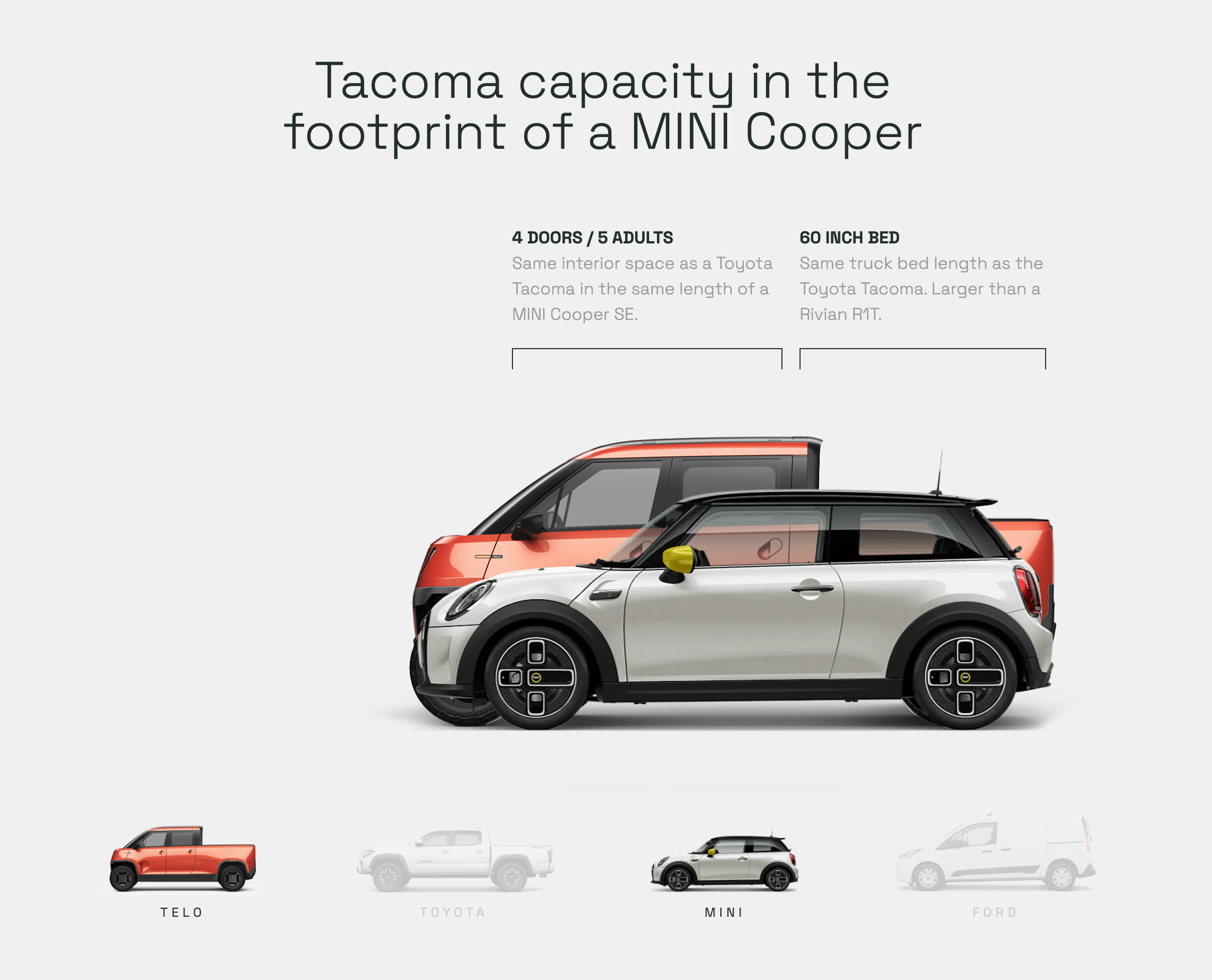
Same interior space as a Toyota Tacoma in the same length of a MINI Cooper SE.
c/o The Morning News
State of the Culture, 2025 by Ted Gioia
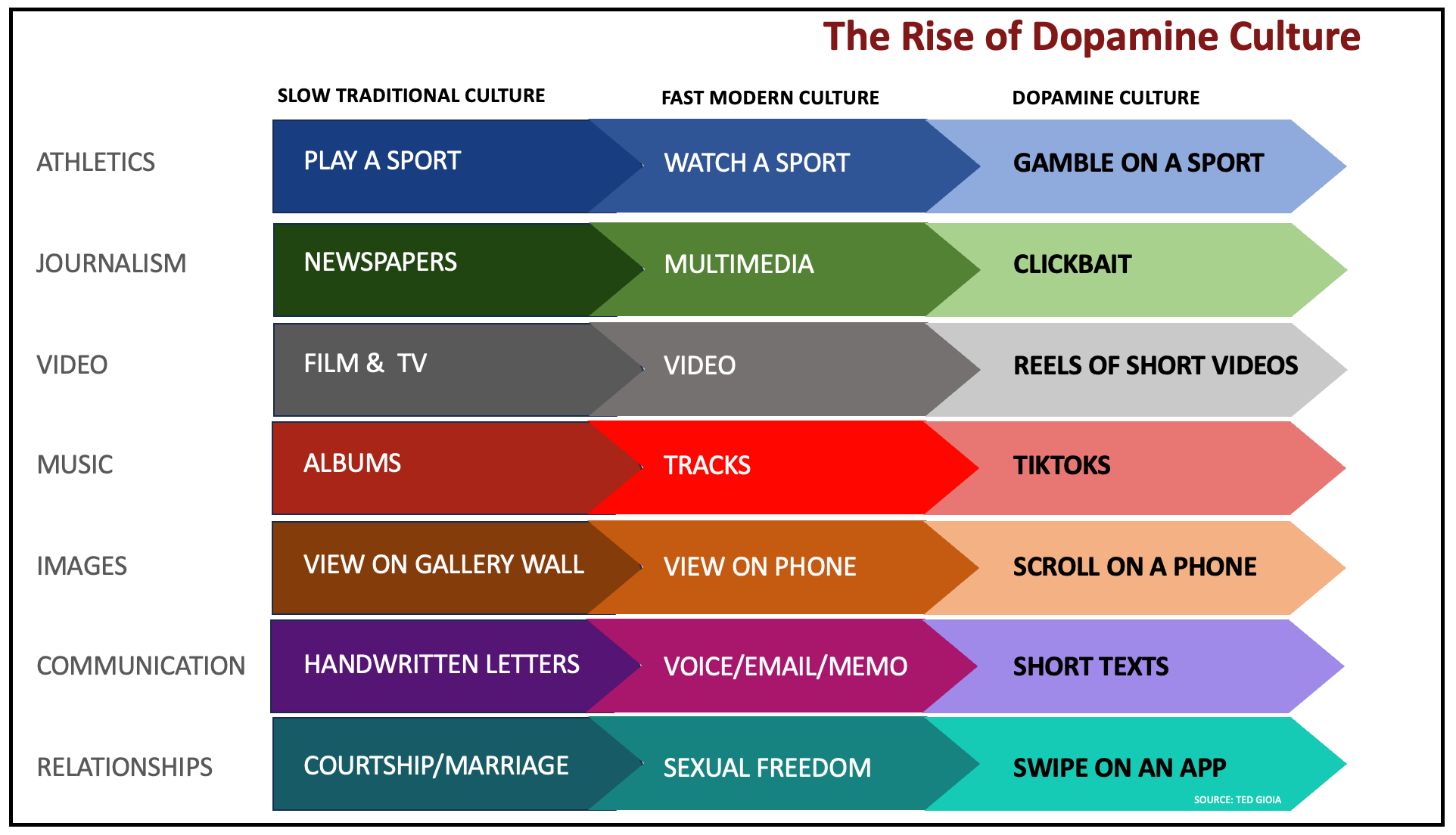
Instead of connecting with people all over the world, I now get “streaming content” 24/7.
Facebook no longer wants me stay in touch with friends overseas, or former classmates, or distant relatives. Instead it serves up memes and stupid short videos.
And they are the exact same memes and videos playing non-stop on TikTok—and Instagram, Twitter, Threads, Bluesky, YouTube shorts, etc.
Every big web platform feels the exact same.
It really does feel like social media - and our entire experience online - has been optimized towards simply inducing basic chemical responses (dopamine, cortisol, oxytocin).
Kill your feeds by Tom Usher
We used to control apps like Facebook and Instagram with our own choices. They became daily comforts, making the world seem a little bit smaller and closer by bringing the people that we cared about together in to one place.
But from the perspective of these companies, that’s a problem. Our personal worlds, our friends, family, and connections, are finite. Once we’ve caught up, we put the app down. That’s bad for business.






